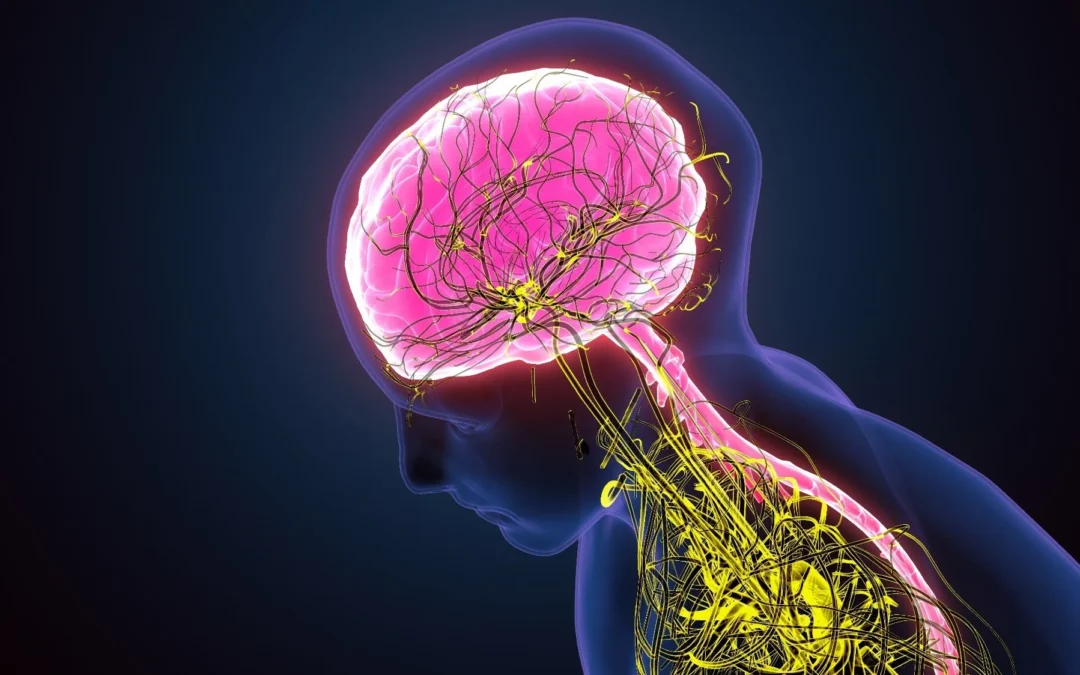Our nervous system serves as an intricate and delicate command center comprising the brain, spinal cord, and nerves. It’s essentially responsible for facilitating communication between the brain and our body. To fulfill this vital role, it employs neurons, which are tiny yet remarkable cells that transmit messages to our spinal cord and throughout our body via nerves. Various neurons have specific responsibilities; for instance, motor neurons in the brain transmit messages to the body, enabling movement, exercise, or dancing.
Given the nervous system’s extensive control over virtually every bodily system through constant communication, it’s not surprising that it can sometimes become dysregulated. If we reflect back on our science classes, we were often taught about the sympathetic and parasympathetic nervous systems. The sympathetic system primes the body for the “fight or flight” response to potential threats, while the parasympathetic system prevents excessive exertion and restores tranquility and composure, delineating their roles in the body’s response to external stimuli.
Oftentimes, we may hear colleagues, loved ones, or even our own therapists discussing ‘burnout’. What is burnout? Burnout can be characterized by overactivation of the sympathetic nervous system, leading to an increased release of stress hormones like cortisol into our bloodstream. Let me paint a picture for you: you’re rushing to work, coffee in hand, thinking about unanswered emails, and suddenly you notice your heart racing, palms sweating, or perhaps a sinking feeling in your stomach. Does this sound all too familiar? Perhaps it does. When our bodies frequently experience this state, we may develop anxiety, irritability, and even feel disconnected from loved ones (ahem, displacing our work day’s stress onto our partners?).
Reestablishing equilibrium and balance in our nervous system by activating the parasympathetic system can aid in regulating emotions, enhancing mood and interpersonal relationships, improving sleep, and boosting immune and digestive functions. Establishing this balance might require additional time, particularly in cases of extensive trauma, as our bodies tend to retain and recollect traumatic experiences. Be patient with yourself; there is no right or wrong way!
Discovering ways to soothe and regulate our nervous systems can be a subjective journey; what works for some may not work for others. Breathwork, mindful movement, or exercise are potential options to explore with a therapist. Building a toolkit with various techniques and interventions can prepare us for a range of scenarios. For instance, box breathing can be useful in different situations, such as a stressful conversation with your boss, a disagreement with your partner, or as a way to wind down at the end of the day, while yoga or an extensive progressive muscle relaxation exercise might require a more structured approach and a little more time.
In essence, the main objective is to practice mindfulness in subtle moments: savoring the bitterness or creaminess of your coffee, feeling the texture of the blanket you’re wrapped in on the sofa, or relishing the scent of the candle you’ve lit. These smaller moments are really where the growth begins.

